Who vaccinates more and who vaccinates less. Here is the map of the regions
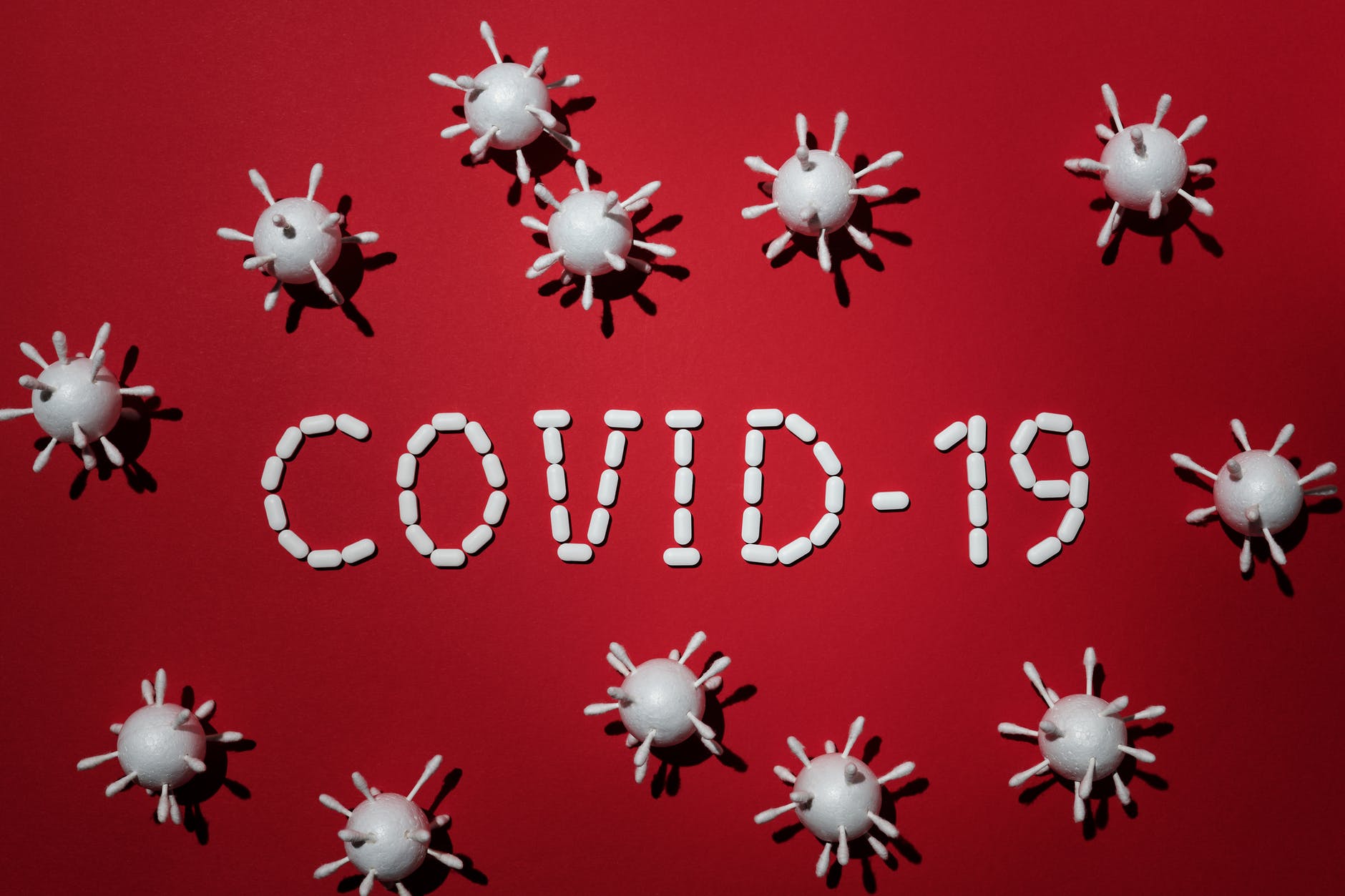
What emerges from the Gimbe foundation's updated report on the region-by-region vaccination campaign
As of March 10 (update) 1,747,516 million people (2.9% of the population) completed the vaccination cycle with the second dose, with marked regional differences: from 4.46% in the Aosta Valley to 2.27% in the 'Abruzzo.
While on the one hand the number of administrations is progressively increasing, with 80.2% of the doses delivered administered to the population, considerable differences persist between the different types of vaccine: if for Pfizer, in fact, more than 90% of the vaccines were injected. doses available, this percentage drops for the AstraZeneca (52.2%) and Moderna (44.2%) vaccines.
This is what emerges from the updated report on the pandemic in Italy and on the vaccination campaign that was edited by the Gimbe foundation.
HERE IS THE FULL REPORT OF THE GIMBE FOUNDATION ON THE ADMINISTRATION OF VACCINES
The independent monitoring of the Gimbe Foundation detects in the week 3-9 March 2021, compared to the previous one, a further increase in new cases (145,659 vs 123,272) (figure 1) and, for the first time in 8 weeks, a rise in deaths (2,191 vs 1.940) (figure 2). Currently positive cases are growing (478,883 vs 430,996), people in home isolation (453,734 vs 409,099), hospitalizations with symptoms (22,393 vs 19,570) and intensive care (2,756 vs 2,327) (figure 3). In detail, compared to the previous week, the following changes were recorded:
- Deaths: 2,191 (+ 12.9%)
- Intensive care: +429 (+ 18.4%)
- Hospitalized with symptoms: +2,823 (+ 14.4%)
- Home isolation: +44,635 (10.9%)
- New cases: 145,659 (+ 18.2%)
- Currently positive cases: +47,887 (+ 11.1%)
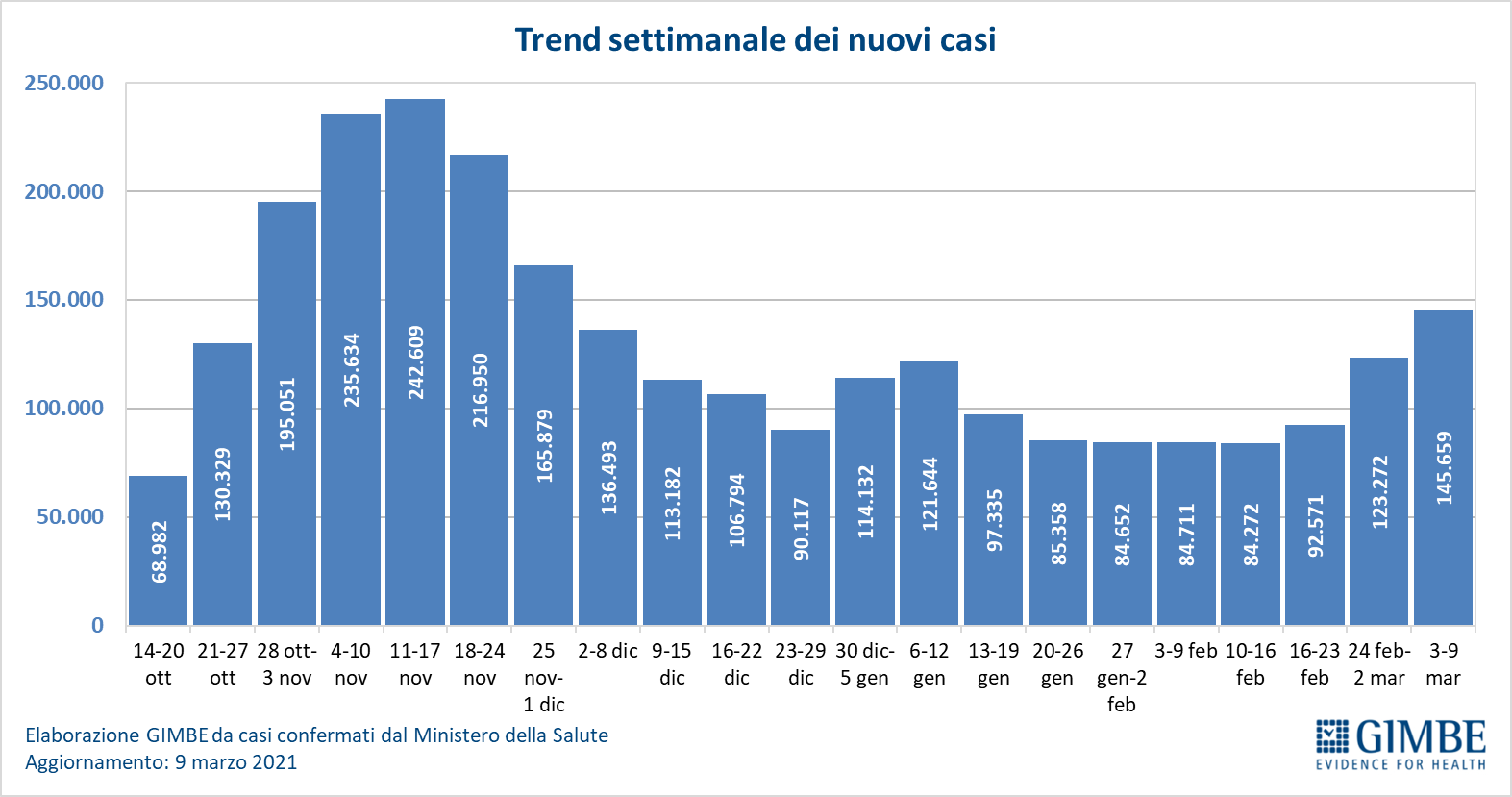
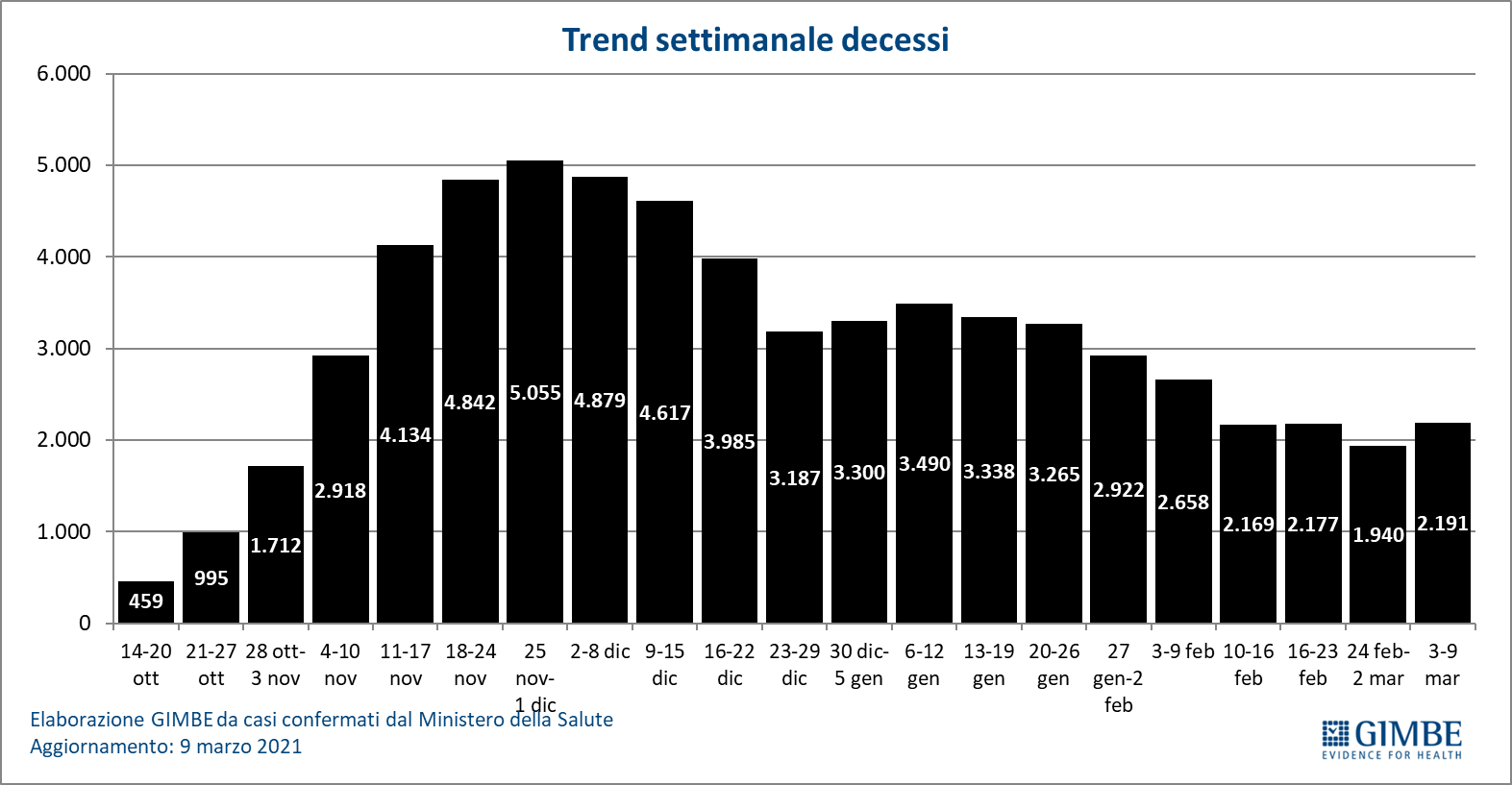
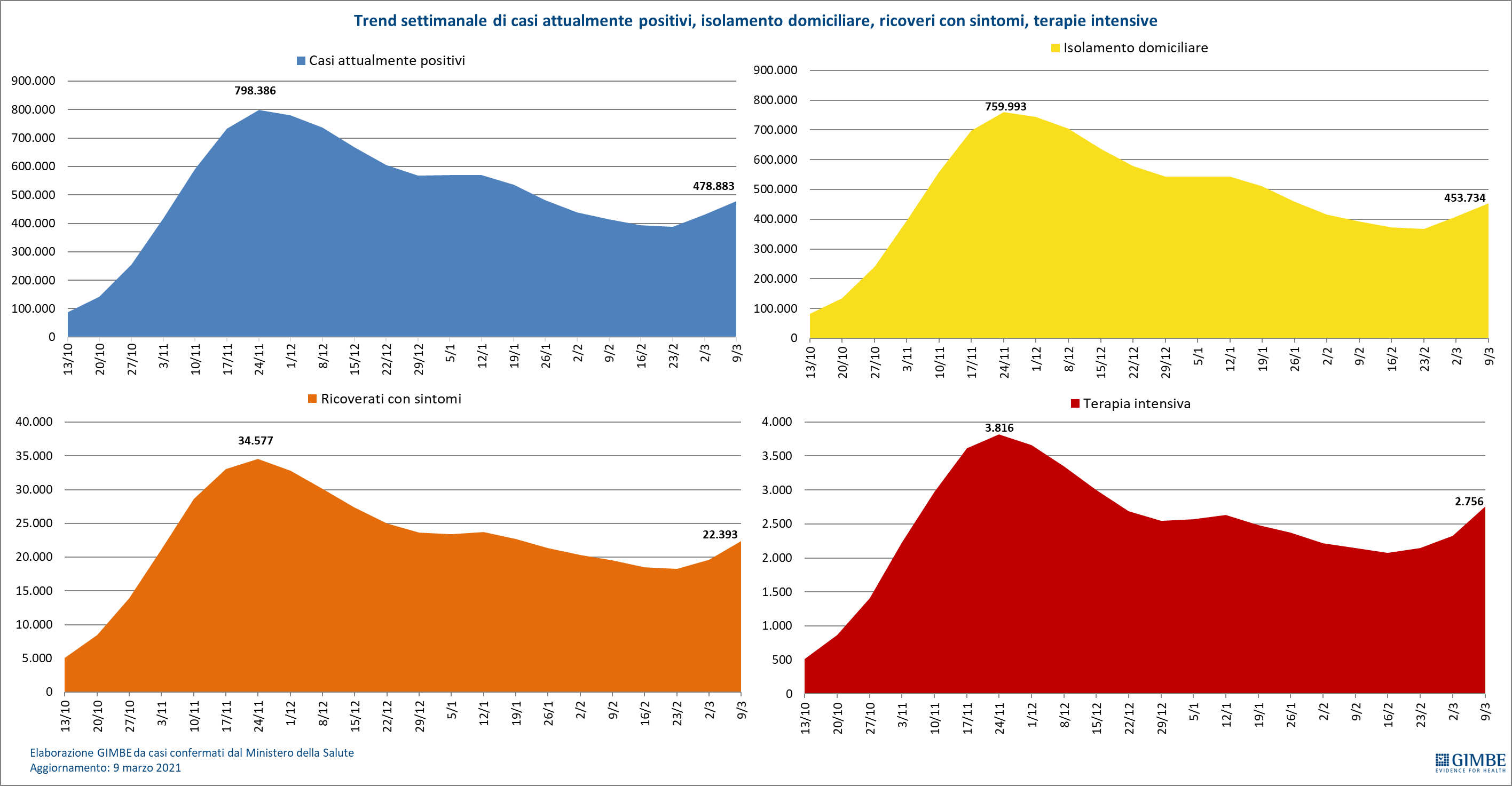
"For three consecutive weeks – says Nino Cartabellotta, President of the Gimbe Foundation – there has been a progressive increase in new cases with a reversal of the trend of all curves, which confirms the beginning of the third wave". Compared to the previous week, in 15 regions the currently positive cases per 100,000 inhabitants are increasing and in 15 there is a percentage increase in new cases (table 1).
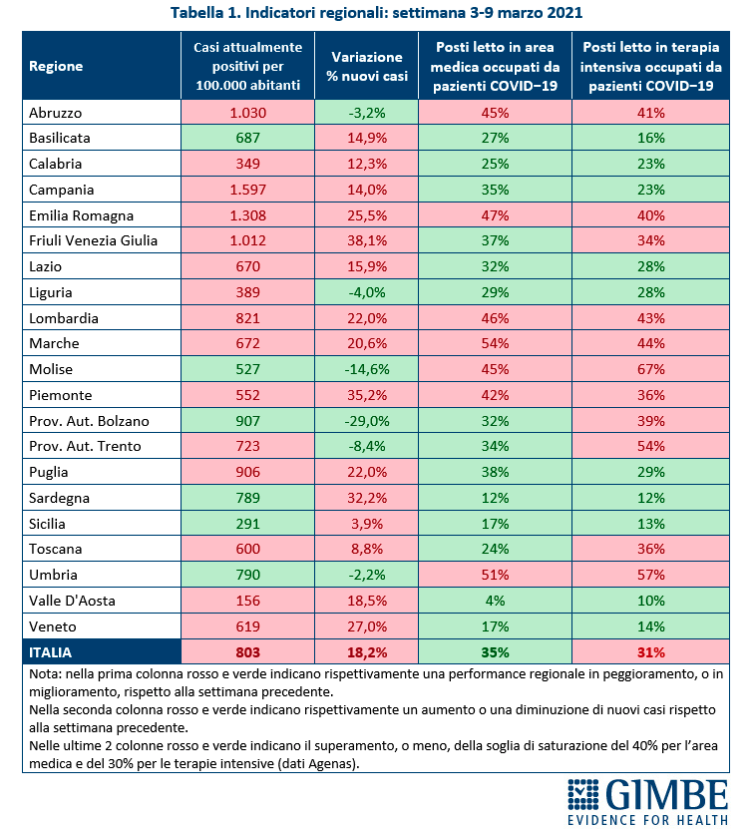
"On the hospital front – comments Renata Gili, Head of Research on Health Services of the Gimbe Foundation – the occupation of beds by Covid patients in 7 Regions exceeds the 40% threshold in the medical area, with a national average that stands at 35%; even intensive care, whose employment at national level exceeds the alert threshold, reaching 31%, are under pressure in 11 Regions ». Situations where the employment rate is ≥40% are particularly critical (figure 4): Molise (67%), Umbria (57%), PA Trento (54%), Marche (44%), Lombardy (43%), Abruzzo (40%), Emilia-Romagna (40%). "In addition to the employment rate by Covid-19 patients – explains Marco Mosti, Operations Director of the Gimbe Foundation – the growing trend of new daily admissions to intensive care is worrying: in just 3 weeks the 7-day moving average has increased by 66%, passing from 134 to 223 "(Figure 5).
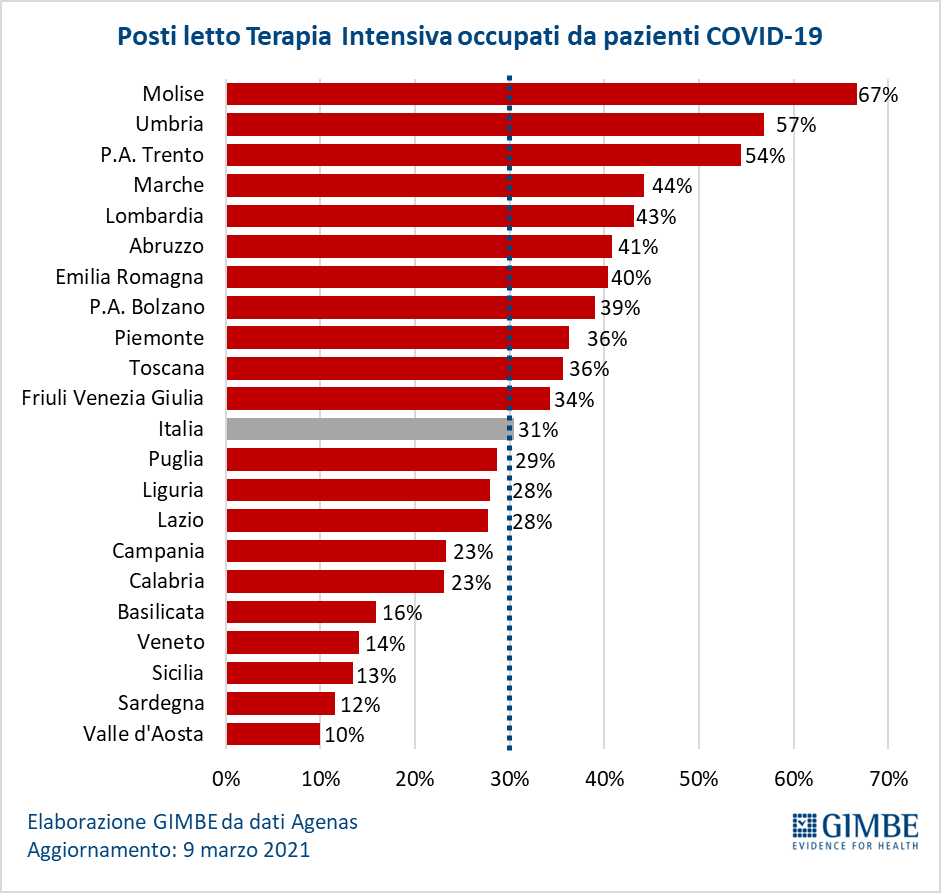
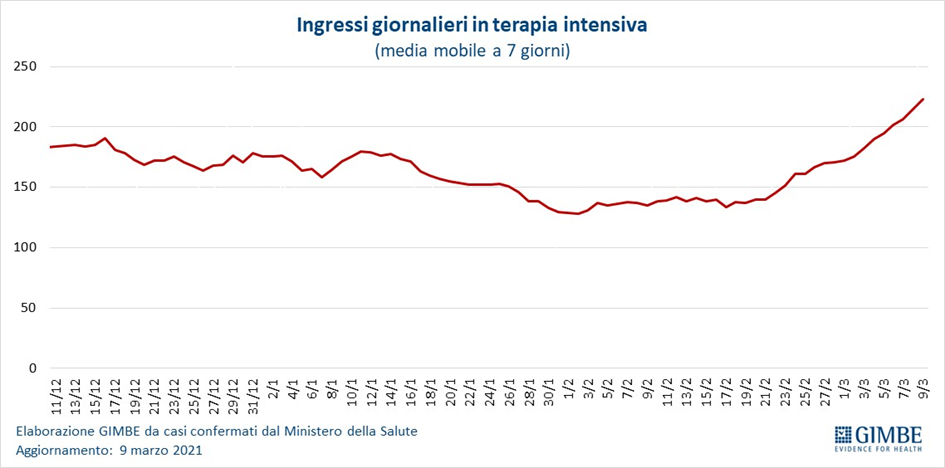
Vaccines: supplies.
Of the doses scheduled for the first quarter of 2021, 7,207,990 doses were delivered to the Regions as of March 10 (update at 6:01), less than half of those planned. In detail:
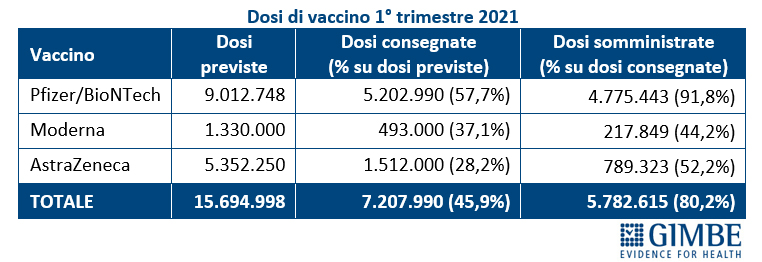
In the last 7 days, only 665,730 doses of Pfizer / BioNTech have been registered on the official platform, while there is no delivery for the Moderna and AstraZeneca vaccines, although notification delays cannot be excluded. "According to official data – comments Cartabellotta – to meet contractual deadlines, an average of 2.8 million doses / week should be delivered by the end of the month, compared to an average of 680,000 doses / week delivered since the beginning of the year. ".
Vaccines: administrations.
As of March 10 (update at 6:01 am) 1,747,516 million people (2.9% of the population) completed the vaccination cycle with the second dose, with marked regional differences: from 4.46% in Valle D'Aosta to 2.27% of Abruzzo (figure 6). While on the one hand the number of administrations is progressively increasing, with 80.2% of the doses delivered administered to the population, considerable differences persist between the different types of vaccine: if for Pfizer, in fact, more than 90% of the vaccines were injected. doses available, this percentage drops for the AstraZeneca (52.2%) and Moderna (44.2%) vaccines. "The extension by the Ministry of Health to the use of the AstraZeneca vaccine to the over 65s – explains Gili – makes it urgent to finalize regional agreements with family doctors, where not yet defined, because their full collaboration is decisive for accelerating vaccination of the general population '. Finally, compared to the protection of the most vulnerable, of the over 4.4 million over 80s, 1,098,047 (24.8%) received only the first dose of vaccine and only 231,058 (5.2%) completed the vaccination cycle. with significant regional differences (figure 7), even if in the last two weeks there has been a clear change of gear (figure 8).
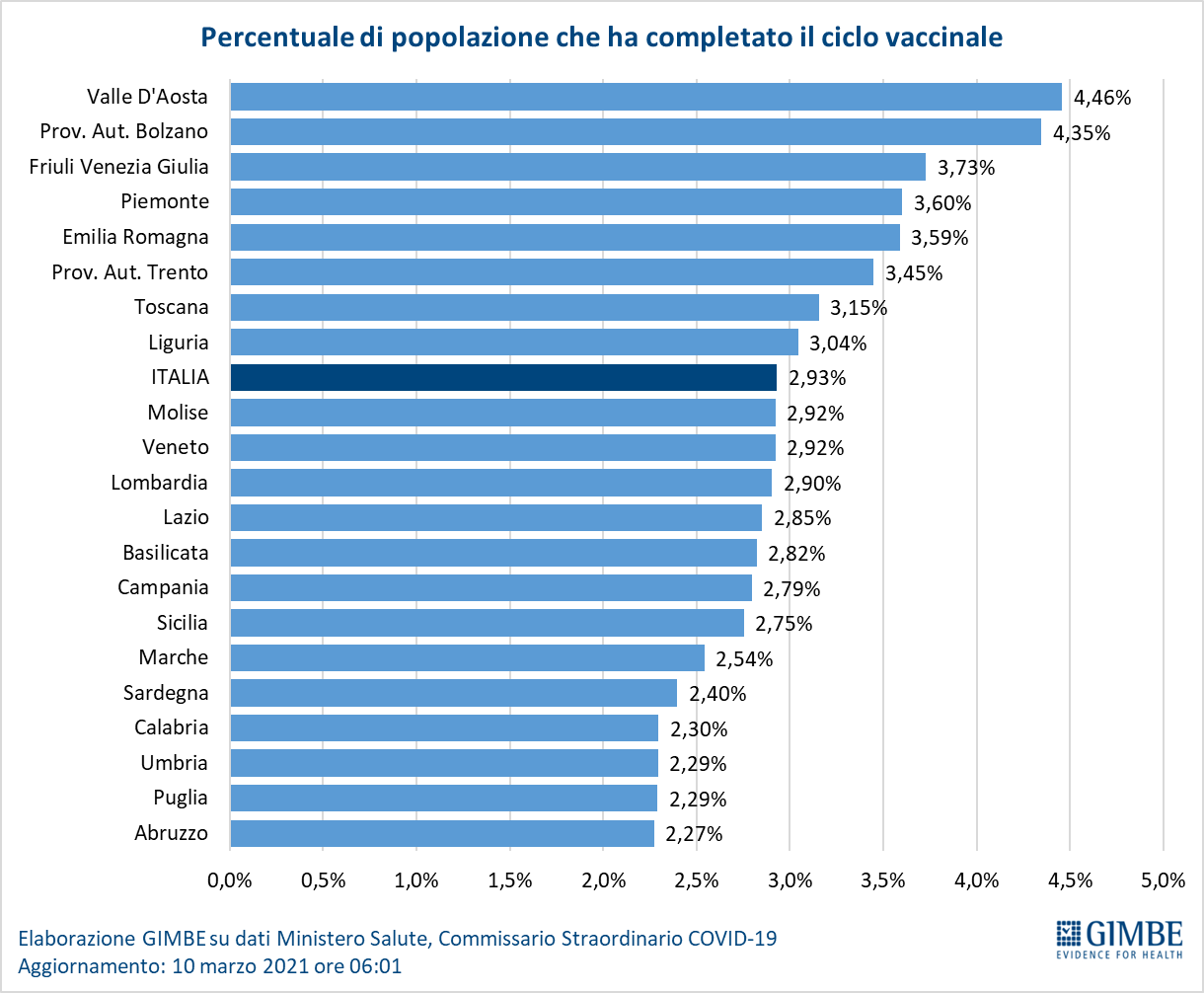
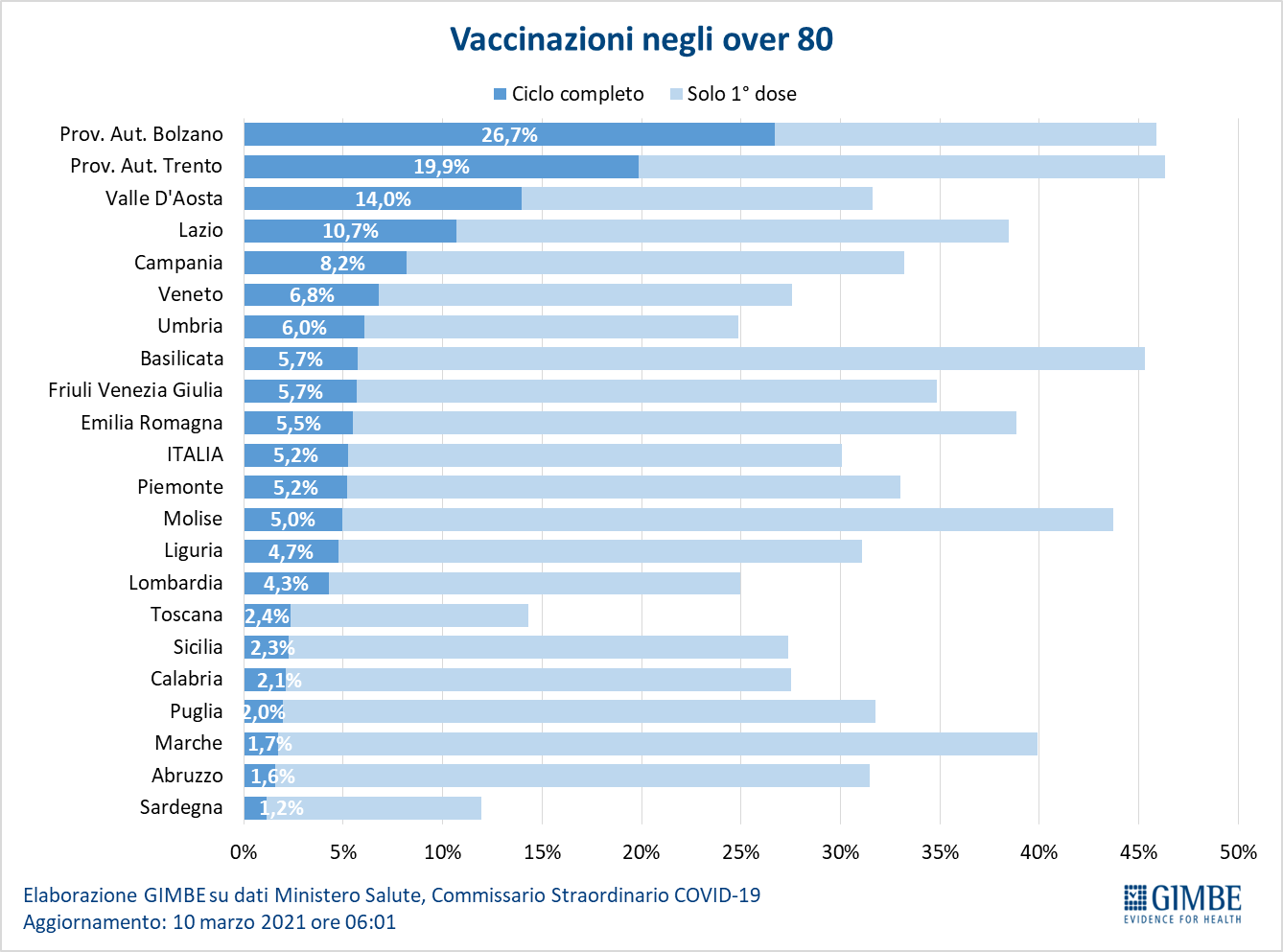
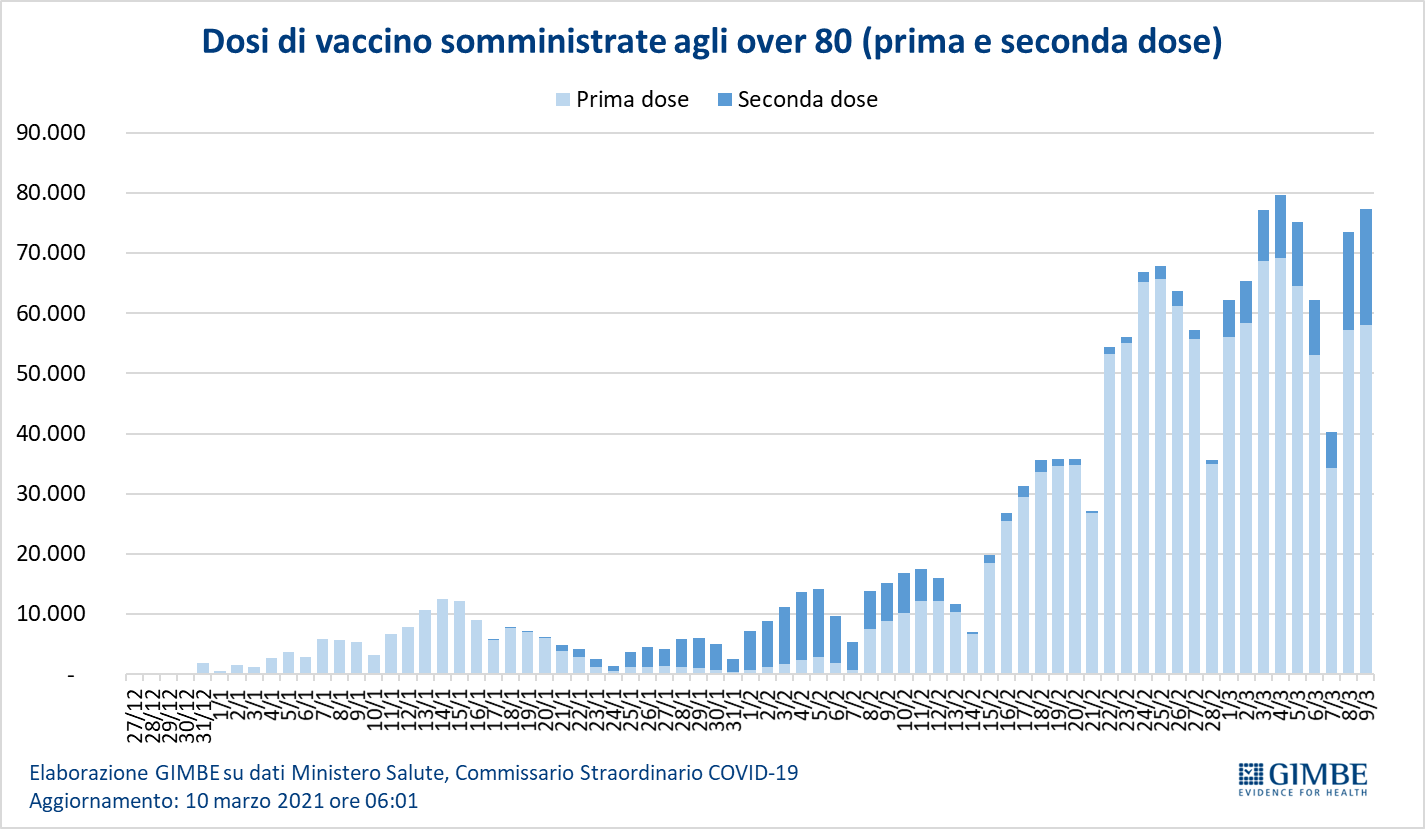
«The recomposition of the Executive – concludes Cartabellotta – will inevitably affect the extent and duration of the restrictions that will be discussed in the Council of Ministers tomorrow. However, beyond the positions of the individual political forces, three facts are irrefutable at this stage of the pandemic. First of all, the turnaround of the contagion curve documents the start of the third wave, albeit with significant regional differences. Secondly, in more than half of the Regions, hospitals and especially intensive care are already overloaded, even significant, as evidenced by the suspension of ordinary activities. Finally, all the Regions and Provinces where red zones have been implemented in recent weeks have stemmed the growth of infections, demonstrating the effectiveness of the restrictive measures in bending the curve of infections. Any opportunistic interpretation of these data aimed at softening the containment measures, in the name of an illusory economic revival of the country, represents a serious threat to the health and life of people, in particular if fed by partial scientific evidence or interpreted in an instrumental way legitimize political decisions ".
This is a machine translation from Italian language of a post published on Start Magazine at the URL https://www.startmag.it/sanita/chi-vaccina-di-piu-e-chi-vaccina-meno-ecco-la-mappa-delle-regioni/ on Thu, 11 Mar 2021 08:39:40 +0000.
